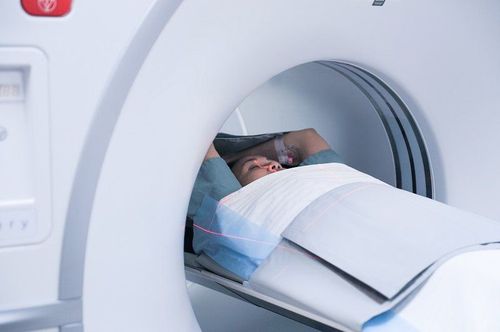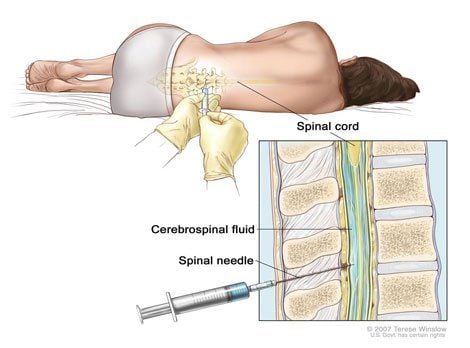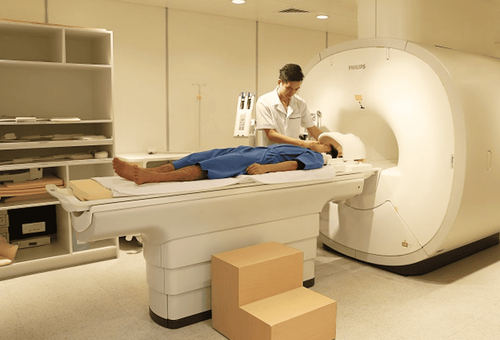This is an automatically translated article.
The article was professionally consulted by Specialist Doctor I Tran Cong Trinh - Radiologist - Radiology Department - Vinmec Central Park International General Hospital. The doctor has extensive experience in the field of diagnostic imaging.Diffuse magnetic resonance imaging is a subclinical method to help investigate problems related to nerve pathways, contributing to the diagnostic evaluation of neurological diseases such as stroke, trauma, infection. Nervous system poisoning...
1. Nervous System Physiology
The nervous system is an extremely important organ system in the human body, helping to regulate most of the functions and activities taking place inside the body and help the body adapt to the surrounding environment. Some of the basic functions of the nervous system such as sensory, motor, vegetative, and high-level nervous activity help the body to function as a whole and harmonize. The nervous system is divided into two main parts: the central nervous system, which includes the brain in the skull and the spinal cord in the spinal canal, and the peripheral nervous system, which includes many nerves outside the skull and spinal canal. .In terms of structure, the intracranial brain consists of the main cerebrum, interencephalon, midbrain, pons, medulla oblongata, and cerebellum, while the peripheral nervous system consists of 12 pairs of cranial nerves and 31 pairs of spinal cords. is made up of neurons which is the most basic structure of nerve cells.
Neurons are considered nerve cells with very high excitability, low excitation threshold, so even very low intensity stimuli can make neurons excited and respond promptly to stimuli. high-frequency. When the excitability of the neurons increases, the body's needs such as oxygen demand, NH3 production, Acetylcholine production, Glutamate production... also from there and increase.
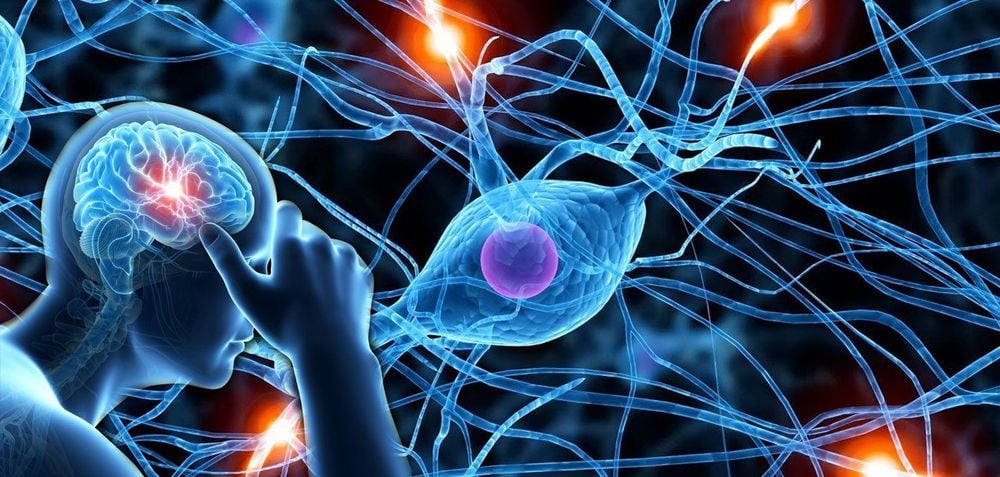
Hệ thần kinh là một hệ cơ quan vô cùng quan trọng trong cơ thể người
2. Neurotransmitters
The nerve pathways include the following basic pathways:Sensory conduction:
The anterior thalamic spinal cord whose function is to transmit human sensations such as heat, gross touch, or pain includes The 3 main neurons have bodies in the spinous ganglia, the ipsilateral dorsal horn of the spinal cord, and the thalamus nucleus, the axon enters the dorsal horn of the spinal cord in turn, crosses the spinal gray matter, and enters the medial capsule, the central gyrus. The posterior column bundle is responsible for the transmission of touch sensation and fine discrimination, consisting of 3 neurons whose bodies are located in the spinous ganglion, respectively, the tapered nucleus, the ipsilateral wedge nucleus, the posterior ventral nucleus, the thalamus, and the axon, respectively, entering the horns, respectively. posterior spinal cord, thalamus, and medial capsule. The trigeminal bundle helps to transmit pain and temperature sensations consisting of 3 neurons with trunks in the trigeminal ganglion, the ipsilateral trigeminal complex medullary nucleus, and the posterior ventral nucleus between the thalamus and axons that enter the pons to the primary sensory nucleus of the brain. The trigeminal nerve crosses the medulla oblongata and enters the medial capsule in the above order. The trigeminal bundle helps to conduct fine touch and discrimination sensations and consists of 3 neurons with trunks in the trigeminal ganglia, primary sensory nuclei in the trigeminal nerve, and the posterior ventral nucleus between the thalamus. The axons of the three neurons in turn enter the pons, ascend to form the dorsal trigeminal bundle, and enter the medial capsule. The visceral and taste buds include 3 neurons with trunks in ganglia VII, IX, and X, within the solitary bundle nucleus and the posterior ventral nucleus between the thalamus. The axons of the upper neurons form solitary bundles, which travel along the thalamus and into the hypothalamus. The visual sensory transmission bundle consists of 2 neurons, in which the first neuron is the rod and cone cells in the retina that have the function of sensing light. The second neuron goes from the outer geniculate body along the gyrus rays to both sides of the striatum. The vestibular system has the function of feeling posture, sense of balance and position in space, including 3 neurons with nuclei in the vestibular ganglion, vestibular nucleus and exiting through nerves III, IV and VI. The auditory system has the function of conducting sound, including 5 neurons whose bodies are located in the nucleus accumbens, the nucleus of the superior Olive, the nucleus of the inferior brain, and the nucleus of the medial kneecap, respectively. The posterior cerebellar cord is capable of helping to transmit somatic sensations from muscle spindles, tendons, and joints, and delicate touch from the skin. Regarding motor conduction:
The lateral cortical bundle includes 3 neurons with bodies in the gray matter of the frontal lobe, parietal lobe, dorsal horn of the spinal cord and anterior horn of the spinal cord. The cerebral cortex - medulla oblongata has the function of transmitting movements from the cerebral cortex to the motor nuclei of the cranial nerves, including 2 neurons whose bodies are in the gray matter of the frontal lobes, parietal lobes and motor nuclei of the outgoing cranial nerves. outside. Vestibular bundle keeps the function of motor conduction for the axons Cortical - pons - cerebellar bundle consists of 5 neurons with axons starting from the main motor area of the cerebral cortex, crossing in the contralateral cerebellum, the cell layer Purkinje, tooth nucleus, ventral lateral nucleus of the thalamus.
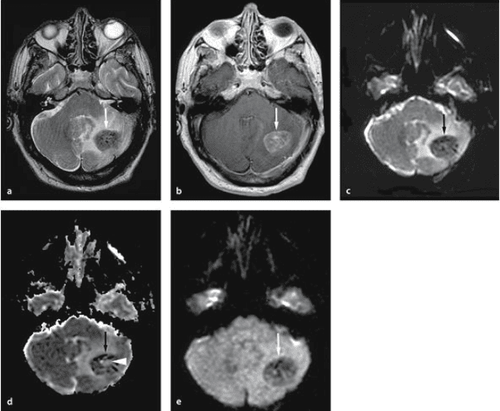
Hình ảnh chụp cộng hưởng từ khuếch tán
3. Diffuse magnetic resonance imaging
Diffusion magnetic resonance is defined as a series of imaging pulses operating on the principle of diffusion of water molecules within biological tissues. This diffusion occurs due to the continuous and random movement of water molecules, so diffusion magnetic resonance imaging can be used to investigate pathological abnormalities in biological tissues. , especially neurobiological tissue. This method is often of great significance in assessing abnormalities in patients with pathologies such as cerebrovascular accident, infection - nervous system toxicity, cerebral infarction, tumor detection, monitoring. response to tumor therapy, mapping of neural pathways.On clinical examination, diffusion magnetic resonance imaging is indicated in the following cases:
Cerebrovascular accident Necrotic tumor or abscess Evaluation of tumor characteristics Evaluation of metastases in patients with showing the primary tumor The survey on patients with secondary lesions has not found any position in the body where the tumor originates. Diffuse magnetic resonance imaging is a modern and highly accurate technique in assessing lesions in the body, especially the nervous system, and most importantly, it can give map images. Nerve pathways in the body are an extremely important step forward in the investigation, diagnosis, treatment and monitoring of related diseases.
Vinmec International General Hospital put into use the magnetic resonance imaging machine 3.0 Tesla Silent technology. Magnetic resonance imaging machine 3.0 Tesla with Silent technology of GE Healthcare (USA).
Silent technology is especially beneficial for patients who are children, the elderly, weak health patients and patients undergoing surgery. Limiting noise, creating comfort and reducing stress for customers during the shooting process, helping to capture better quality images and shorten the shooting time. Magnetic resonance imaging technology is the technology applied in the most popular and safest imaging method today because of its accuracy, non-invasiveness and non-X-ray use.
Please dial HOTLINE for more information or register for an appointment HERE. Download MyVinmec app to make appointments faster and to manage your bookings easily.
MOREWhat are the benefits of Magnetic Resonance Imaging (MRI)? When do you need a magnetic resonance imaging (MRI) scan? DWI-Diffusion-weighted Imaging





